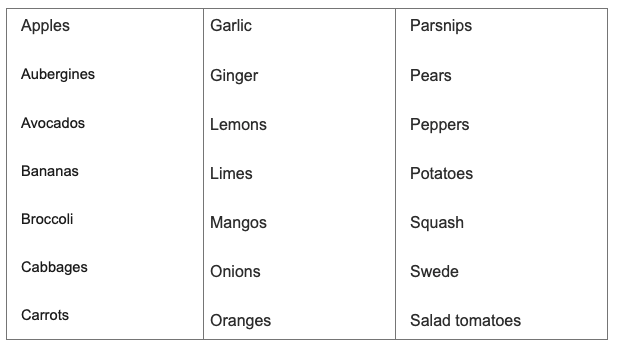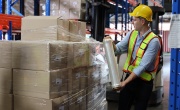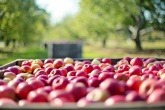WRAP: 21 types of fruit and veg retailers should sell loose
WRAP is encouraging retailers to sell 50 per cent of their fruit and vegetables without plastic packaging by the end of 2030. In 2021, around 15 per cent of fruit and vegetables were sold loose.
Alongside several targets highlighted in a pathway produced to help retailers sell fresh fruit and veg loose, WRAP recommends focusing on the biggest selling fresh produce, displaying loose fresh produce prominently and attractively, and setting pricing that is comparable to the packed alternative. The biggest selling fresh produce are:

By the end of this year, retailers should provide one loose option of each of the highlighted fruit and veg lines, if two or more lines of that product are stocked. By 2024, all of the above fruit and veg should have one loose option. By the end of 2025, 30 per cent of uncut fruit and veg sales should be loose, and by 2030, 50 per cent.
The pathway – produced in collaboration with retailers – aims to reduce the 70,000 tonnes of plastics around fresh produce items put on the market every year.
 Catherine David, Director of Collaboration and Change at WRAP, said: “It’s time to liberate fruit and veg from plastic packaging! We look forward to consigning apples in plastic bags to the history books. And the Pathway we are publishing today shows how we will work with the retailers to help this happen.”
Catherine David, Director of Collaboration and Change at WRAP, said: “It’s time to liberate fruit and veg from plastic packaging! We look forward to consigning apples in plastic bags to the history books. And the Pathway we are publishing today shows how we will work with the retailers to help this happen.”
Research from WRAP published last year showed the significant potential that removing plastic packaging from fresh uncut fruit and veg could have on reducing plastic packaging and food waste at home. For example, purchasing larger quantities than needed due to pre-bagged multi-packs could lead to food waste. Plastic packaging is also more likely to include date labels, which WRAP has shown that ‘Best Before’ labels can be misleading and lead to edible food being binned.
There are currently differences in the availability of loose produce depending on the type of retailer, mainly between convenience stores compared to superstores and whether they have till weighing capability. To provide consistency, all retailers are being asked to sell a loose variety of the highlighted items by the end of 2024.
The overall targets will be different for online sales and sales that occur in stores without weighing capabilities. By 2025, five per cent of online sales and 10 per cent of sales in stores without weighing capabilities should be loose. By the end of 2030, this should increase to 10 per cent and 40 per cent respectively.
WRAP says it will continue to collaborate with the retailers to address barriers and will be monitoring progress against the targets through annual reporting.
Defra minister Rebecca Pow commented: “Nobody wants to see good food go to waste or add to the tide of plastic packaging which blights our streets and beautiful countryside.
“This ambitious new initiative will help to tackle both these issues and builds on recent government efforts in this area, including the introduction of a ban on commonly littered single-use plastic items, a deposit return scheme for drinks containers and extended producer responsibility for packaging.”
Paula Chin, Senior Policy Adviser on Consumption at WWF, added: “Eliminating unnecessary packaging from our food – for example by selling whole fruit and veg loose, where it doesn’t increase food waste – is a key step to drive down the environmental impacts of our food system, but progress to date has been too slow.
“While the food retail sector has managed to increase the use of recycled content in packaging and improve the recyclability of packaging overall in recent years, we now need to see rapid action to bring down the overall quantity of packaging used, underpinned by an overarching resource efficiency target; we welcome WRAP’s Pathway to help the sector tackle this.”







